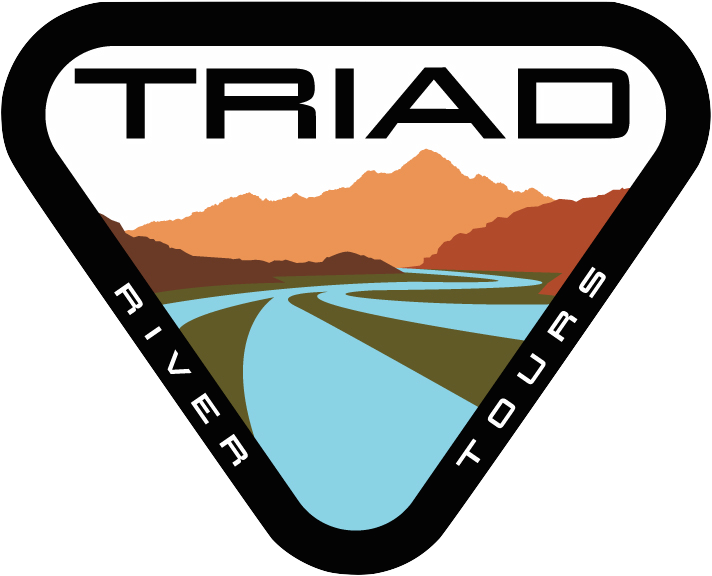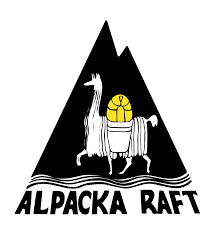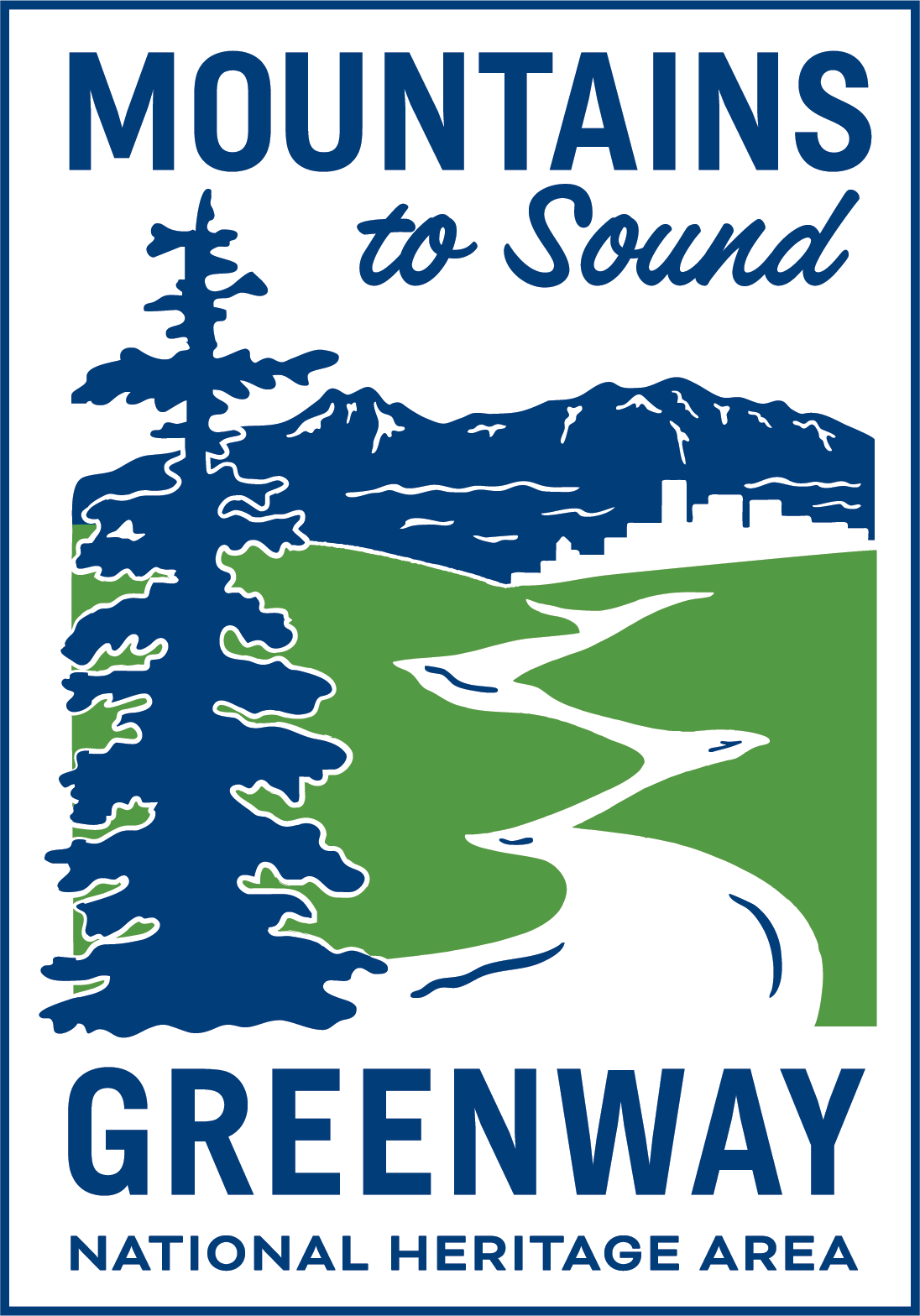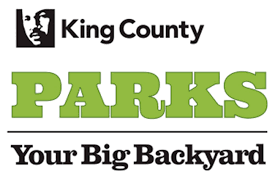Why does Triad use wooden oars?
Is it because all of our guides are old? Or (no pun intended) is it because we just consider ourselves to be fancy? Either way, there is an ongoing debate amongst private rafters and professional whitewater river guides as to which oar reigns supreme... here are some of our thoughts as to why we advocate for the use of wood oars.
For decades now river guides have argued for the benefit of lighter, more responsive oars. The advent and continued innovation of composite materials such as carbon fiber and plastic have made the wooden oar and paddle something of a relic… but while you used to show up to the boatramp with your wooden oars and be instantly labeled “old school” there are some functional attributes of wooden oars that are worth noting.
1. Wooden oars are very very strong. At Triad River Tours we use the Smoker Whitewater Oar which is constructed from one piece of solid ash. This is one strong piece of wood. Several outfitters have used the same oars for decades, simply giving them a coat of paint, urethane, or lacquer each year to keep them from getting water damaged. It’s possible, also, that if the oars were sustainably harvested that a wooden oar is more environmentally defensible when compared to plastic or composite oars which rely heavily on the use of chemicals and resins, and may not last as long and thus end up in landfills without the ability to decompose.
While wooden oars do require a little extra maintenance, they certainly earn their keep in the long run.
2. Wooden oars are smooth. When you use wooden oars there is a very gentle sound that comes from the blade coming into the water, that if you think deeply enough about, will remind you that for thousands of years humans have been propelling themselves through oceans, rivers, and lakes, using wood as their primary resource. Wood and water have an almost sacred connection, and you can tap into that when you paddle a whitewater river using a wooden oar. Additionally, a quality wooden oar often can come with a really nice factory rope wrap, which causes them to glide through the oarlocks and feather with ease… while many inexperienced rowers may find using open oars in whitewater difficult, there is a rich reward for those willing to put in the time to learn the skill.
3. Wooden oars look cool. That’s right… when you take a wooden oar and slide it into your oarlock at the boat ramp, it just looks like you have more years under your belt, and that you’re here to run this river like a freaking pro. Wooden oars have a nostalgia and feel, and a general vibe about them that is impressive. When someone shows up to paddle a whitewater river and they brought tools that look like they were used on the set of Ben Hur, it just adds a little flare and romance to things.
4. Wooden oars will make you stronger. Well, this is actually a disadvantage, because while wooden oars are heavier than a comparable Carlisle plastic oar, or perhaps a Cataract composite oar, they are most certainly going to help you get into better shape. Wood oars require a bit of intention because they’re heavy enough that after a long day of rowing on a multi day rafting trip your body certainly will notice it. Wooden oars will, however, increase your ability to win arm wrestling matches at your local pub, and that’s enough to get on the list.
No matter what oars you use in your whitewater adventure make sure that they’re the correct length and that they fit your application. Wooden oars are almost exclusively used in the whitewater raft guiding industry in conjunction with open oar locks (typically brass). At Triad River Tours we use Sawyer/Smoker Oars with rope wrap and Northwest River Supply “Superston” (meaning it’s stronger, I guess) oarlocks. This combination suits us well when doing a scenic wine tasting float all the way to class 4 and 5 rapids. It’s a setup that is a little more expensive than other options, but if you take care of your wooden oars, they’ll give you many years of whitewater river running enjoyment.
Read more:




















